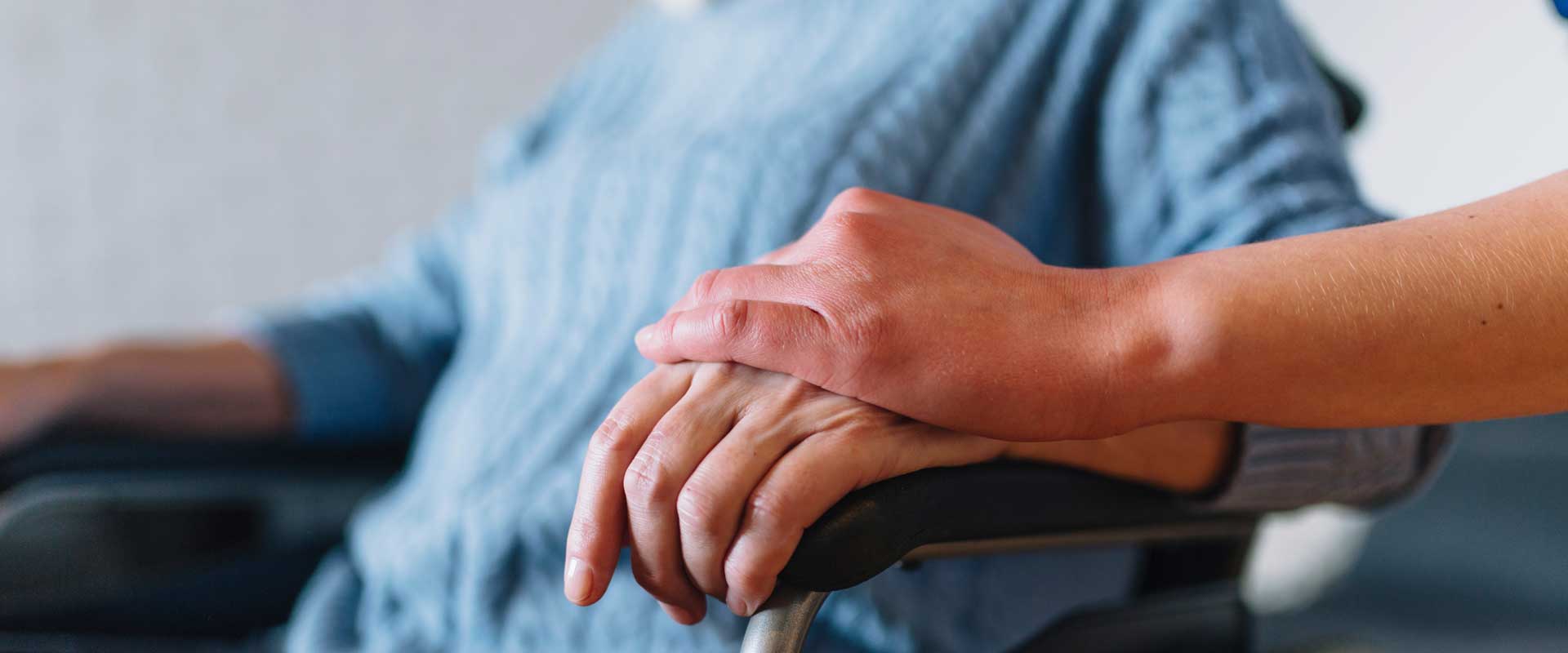
Cleaning & Infection Control for Primary Care Practices
Cleaner Training Re-invented
Introduction
Under the Health and Social Care Act 2008, all primary care practices in England are subject to the authority of the Care Quality Commission (CQC). The CQC assess the quality of the care home and one of the key standards that must be met is that premises and equipment must be clean and suitable to meet the needs of those that use the service. To meet those needs the rooms, equipment and facilities must be hygienically clean.
To meet the legal requirement, this course combines international advice by The Centers for Disease Control and Prevention (CDC), the World Health Organisation (WHO) and the UK NHS National Cleaning Standards, with commercial domestic cleaning skills.
Who is this course for?
This course is based on a number of UK national and international laws and standards for cleaning and infection control within the healthcare industry and domestic cleaning. It is therefore applicable across all social and primary care facilities, including residential care homes, nursing homes and retirement homes.
Ideal For:
Individuals coming into the cleaning industry without any prior knowledge of cleaning
Individuals already in the industry wanting to retrain or expand on their training
Care and nursing homes wanting to train their housekeepers
Carers for people of all ages and needs
In-house housekeeping teams within the NHS, local authority and private healthcare services
Charities and Social Enterprise companies looking after people of all ages with complex care needs
Large organisations wanting to train their cleaning staff anywhere in the world
Course Syllabus
Understand how to work to and develop an entire cleaning system
Structure
1. Principles of Infection Control
- Introduction to the Principles of Infection Control
- What is Cleaning?
- What is Disinfection, Sterilisation and Sanitisation?
- Disinfection Types
- The Need for Cleaning Standards
- Chain of Infection
2. Preparation and Precautions
- Introduction to Preparation and Precautions
- Personal Hygiene and Illness
- Personal Protective Equipment (PPE)
- Colour-coding
- Introduction to Practical Cleaning in Healthcare Properties
3. Cleaning Practice and Principles
- Stage 1 – LOOK
- Stage 2 – Zone Cleaning
- Stage 3 – Cleaning Techniques (DO)
- Cleaning Techniques – Wet Cleaning By Hand
- Cleaning Techniques – Damp Cleaning by Hand
- Cleaning Techniques – Damp Dusting of Floors
- Cleaning Techniques – Wet Cleaning on Floors
- Cleaning Techniques – Floor Buffing & Floor Scrubber-Drier Cleaning
- Cleaning Techniques – Vacuum and Carpet Cleaning
- Cleaning Techniques – Disinfecting a Surface
- Cleaning Techniques – De-scaling
- Cleaning Techniques – Wall Cleaning
- Glass and Window Cleaning
- Cleaning Techniques – Steam Cleaning
- Stage 4 – Review
4. Waste Management
- Introduction to Waste Management
- Handling Hazardous Waste
- Good Cleaning and Disinfection Principles
- Sharps Management
- Handling of linen, Curtains and Soft Furnishing
5. Room and Area Cleaning
- Residential Room and Area Cleaning Introduction
- Basic Domestic Room Cleaning Plan
- TV’s and Computer Cleaning
- Bed & Mattress Cleaning
- En-suite Room Cleaning Plan
- Toilets, Sinks and Showers
- Domestic Kitchen Cleaning Plan
- Vacated and Isolated Room Cleaning Plan
- Cleaning Frequencies (minimum)
6. Infections
- Infections Introduction
- Staphylococcus aureus
- Vancomycin-Resistant Enterococci (VRE)
- Clostridium difficile (C. difficile)
- Tuberculosis
- Norovirus
- Epidemic Infections (Influenza, SARS, Coronavirus)
- Blood-Borne Viruses
7. Health and Safety
- Health and Safety Introduction
- Safe Use and Handling of Cleaning Products
- Cleaning Equipment Introduction
- Safe Working Practice
- Visual Checks of Electrical Equipment
- Electrically powered Equipment Safety Guidance
- Care in the Use of Cleaning Machinery
Ready To Start?
Single User
£60
Multi Users
£36 / Person
10+ Users
Contact Us
Group Purchasing?
Discounts are automatically applied, simply add the number of trainees in the quantity box
Is this right for you?
Any Questions?
What Else Do I Get?
Every student gets:
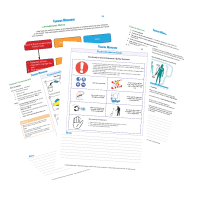
Printable Workbook
Fully printable A4 workbook to accompany the online material

Online Expert Support
Expert help is on-hand to answer any question you have

6 Months Access
Full 6 months access to the course materials even after you have finished
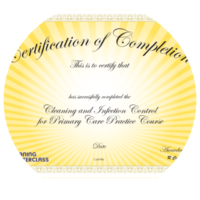
Fully Certificated
Receive a certificate upon successful completion of the course
Are you training your staff?
In addition, every organisation gets:

Group Purchasing
Discounts apply to group purchases, simply enter the number of trainees in the quantity box

Free Supervisor Role
With 5 or more trainees from one organisation, a free extra account for a supervisor who can oversee the progress of their staff
Certified & Accredited
Where will this take you?
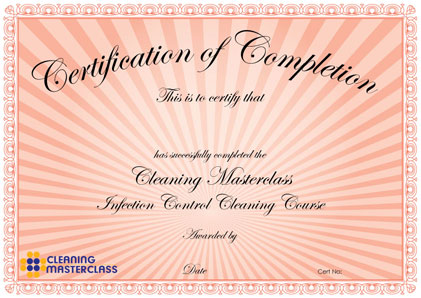
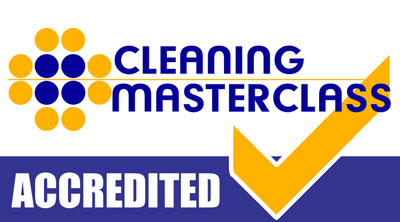
You will receive a personalised certificate (1 per user), each with a unique certification number. The certificate can be validated by simply contacting us.
You will be entitled to use the title of certified Cleaning Masterclass cleaner.
Course Delivery
Completely Online: flexible, convenient and cost effective
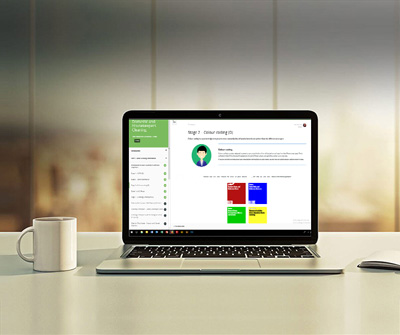
The course is delivered through our own custom-built online training centre. Online learning is flexible, convenient and cost effective for the trainee and for companies seeking to train a number of staff members.

